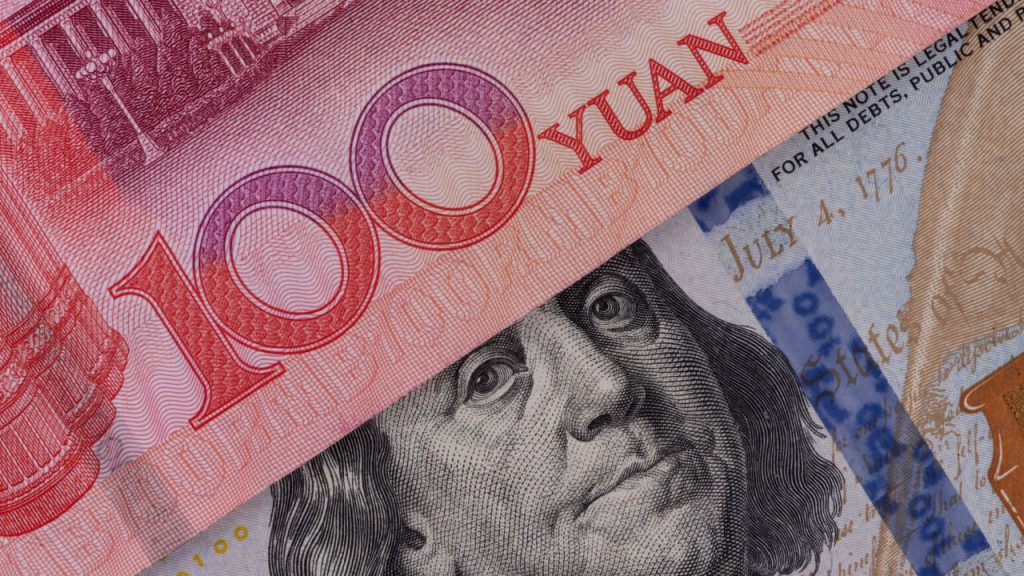Trade between the five BRICS countries surged 56% in the last five years totaling approximately $422 billion, data shows. The five existing BRICS members Brazil, Russia, India, China, and South Africa initiated international trade deals worth $422 billion between 2017 to 2022. BRICS countries remain good trading partners as they boast of natural resources and farm products, except for Russia. However, Russia, on the other hand, complements the alliance by exporting crude oil to other developing countries.
Also Read: BRICS Advancing To Create Non-US Dollar Oil Trade
The surge in trade between 2017 to 2022 remains normal, as it is business as usual for any country. However, things are changing in 2023, as the BRICS alliance is looking to end dependency on the US dollar. As the demand for trade between BRICS nations surges, the chances of the alliance paying in local currencies and not the US dollar remain high.
Also Read: Russia Makes Huge Announcement on BRICS Currency
BRICS: Trade Surge Within The Alliance Puts the US Dollar In a Spot


The development puts the prospects of the US dollar in jeopardy as BRICS might initiate all trade in local currencies. Cross-border transactions in their respective local currencies worth $400 billion could add pressure on the US economy. Read here to know how many sectors in the US will be affected if BRICS stops using the dollar for trade.
The development could suffocate the US dollar and reduce the currency supply and demand dynamics in the international markets. If the demand for the US dollar dips, the move could lead the American economy to experience a deficit. Such a situation could make prices skyrocket in the US and the possibility of hyperinflation remains high.
Also Read: BRICS: India Can’t Dump US Dollars Anymore To Keep Rupee From Crashing
In conclusion, the US dollar remains at a crossroads as BRICS looks to take the driver’s seat of the global economy. If BRICS announces to use local currencies for transactions in 2024, the US dollar dominance will gradually decline.





